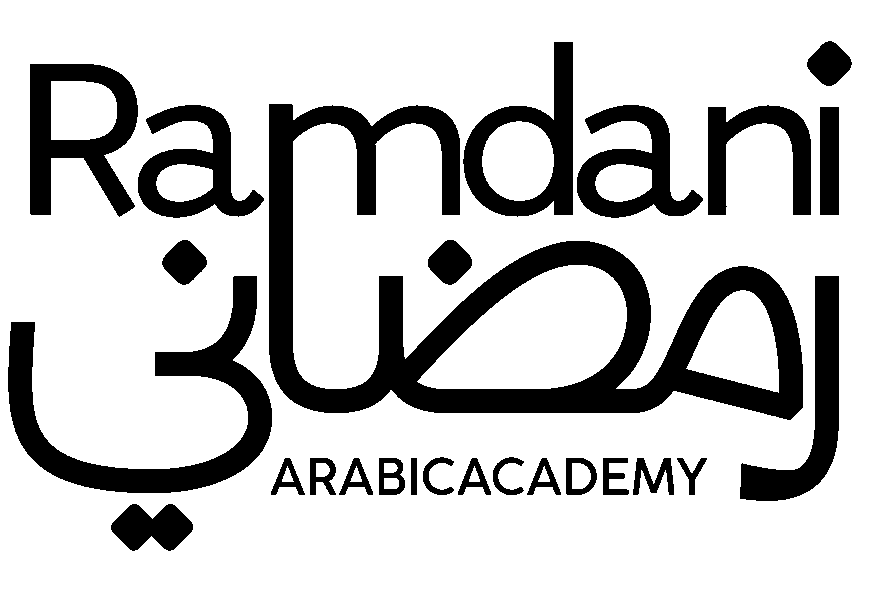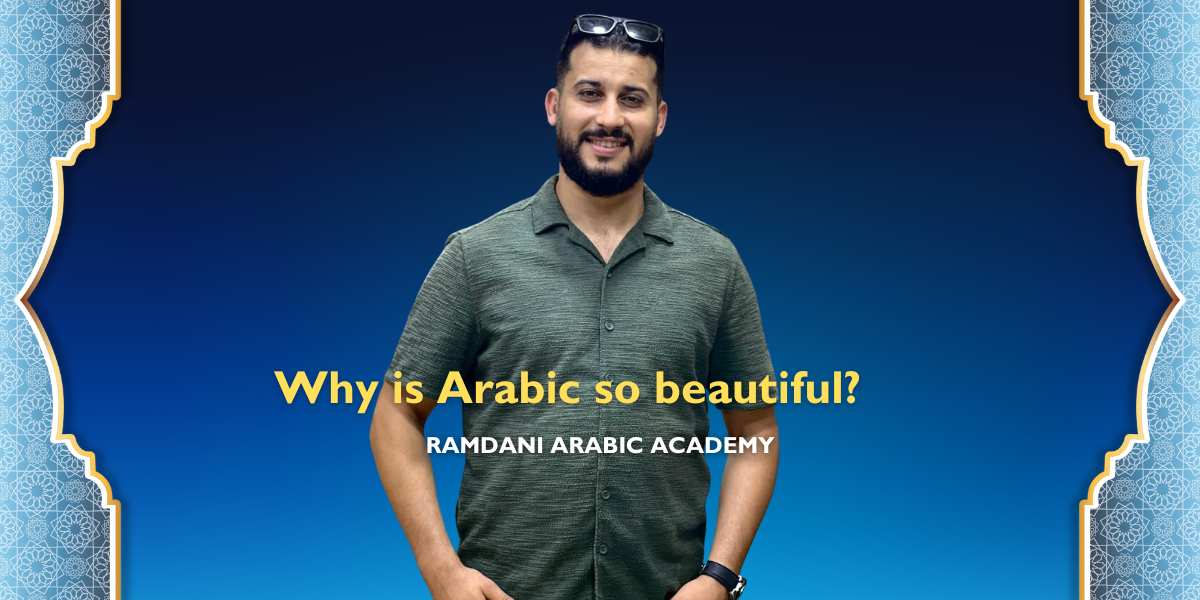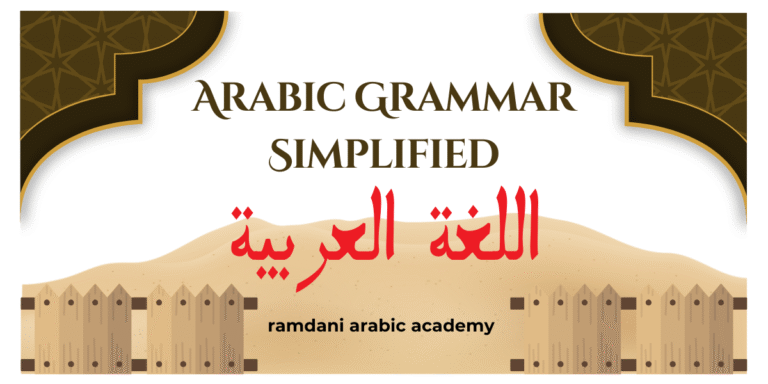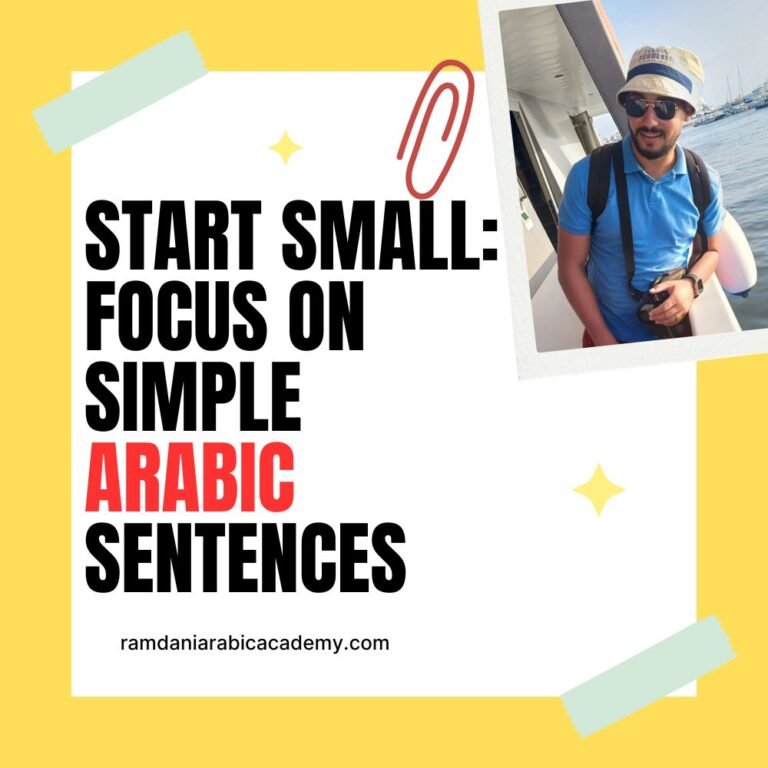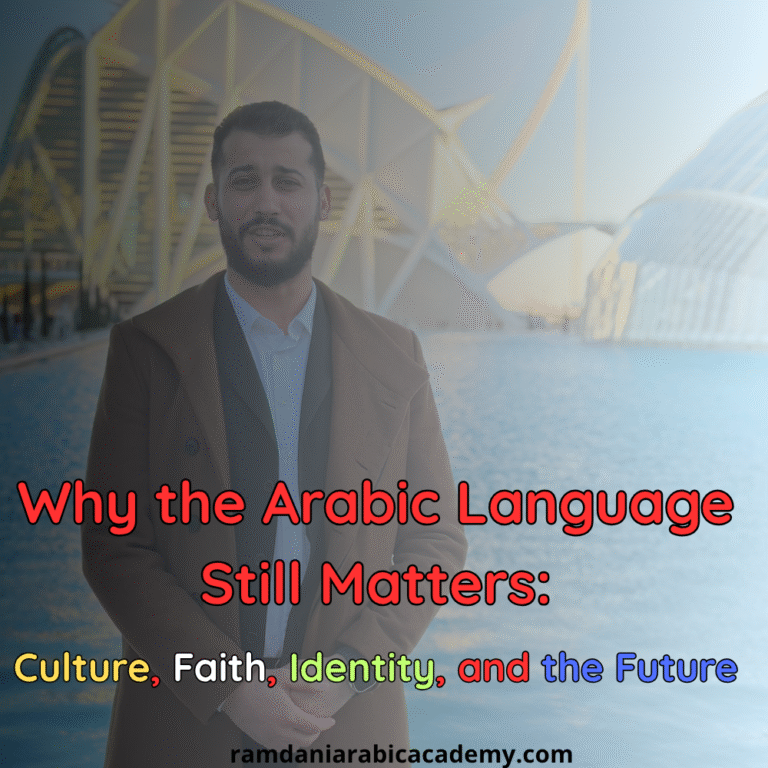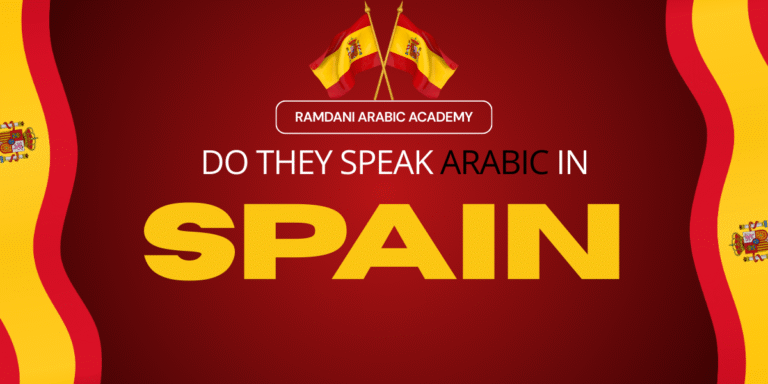Why is Arabic so beautiful?
Arabic has captivated people for centuries. Its flow, its rhythm, its depth—there is something about the language that draws attention and admiration. When you listen to Arabic being spoken or read its script, it feels alive. It carries history, culture, and emotion in every word. Unlike many languages, Arabic has a musical quality, a cadence that can be soft and gentle or strong and commanding. This richness is not accidental; it comes from thousands of years of development, from poetry to religion to daily life.
One reason Arabic is beautiful is its script. The letters are connected in fluid strokes, forming shapes that are both artistic and meaningful. Each word can look like a piece of art on its own. Calligraphy, the art of writing Arabic, turns language into visual beauty. Every curve and line has purpose. The script is not just functional; it is expressive. When you see Arabic written elegantly, it communicates not just words but emotion. It has inspired artists and designers for centuries and continues to influence modern art and design.
The sound of Arabic also contributes to its beauty. It has a unique system of consonants and vowels that gives it depth and variation. The language can be soft and melodic, like in poetry or song. It can be strong and forceful, as in speeches or prayers. This versatility allows speakers to express subtle emotions and complex ideas with precision. Words can carry multiple layers of meaning, and the listener often feels the weight of the words as much as their literal sense. This makes Arabic not only a language to communicate but also a language to feel.
Another aspect that makes Arabic special is its history. Arabic has been spoken for thousands of years. It has preserved knowledge, literature, and wisdom across generations. Classical Arabic, used in the Quran and classical poetry, carries a timeless quality. Modern Standard Arabic and dialects reflect regional cultures and evolution, showing how a language can remain rooted yet adapt over time. Learning Arabic is learning a living connection to history, to human thought, and to culture that spans continents.
Finally, Arabic’s structure contributes to its charm. Its root system allows for words to evolve with consistent patterns. This makes the language logical yet poetic. Words are connected in ways that create imagery and rhythm, even in everyday conversation. The system allows speakers to play with language creatively while keeping clarity. It is a language that invites exploration, thought, and expression, which is why learners around the world find it both challenging and rewarding.
Arabic is more than communication. It is art, history, culture, and expression. It invites learners to listen, read, and feel. For those who engage with it, Arabic opens doors to understanding people, ideas, and the world differently. Its beauty is not only in the letters or sounds but in the experience of learning and living it.
Arabic is beautiful because it is deeply rooted in history. Its origins go back thousands of years. The language has evolved, yet it has preserved its core structure and elegance. Ancient Arabs spoke early forms of Arabic, used for communication, poetry, and storytelling. These early forms were rich in expression, with vocabulary and structure that allowed people to convey emotions and ideas clearly and vividly. From the deserts of Arabia to the courts of early civilizations, Arabic spread and adapted while keeping its distinct identity.
Poetry played a central role in shaping Arabic. Long before written literature became common, Arabs used poetry to preserve stories, traditions, and wisdom. Poems were recited aloud, often at gatherings, festivals, and public events. The language of poetry required precision, rhythm, and musicality. Poets carefully selected words for their sound and meaning. They used repetition, rhyme, and rhythm to create a sense of flow. This attention to sound and structure left a lasting mark on Arabic, influencing the way the language developed over centuries. Many of the techniques used in classical poetry still appear in modern Arabic, giving the language its lyrical quality.
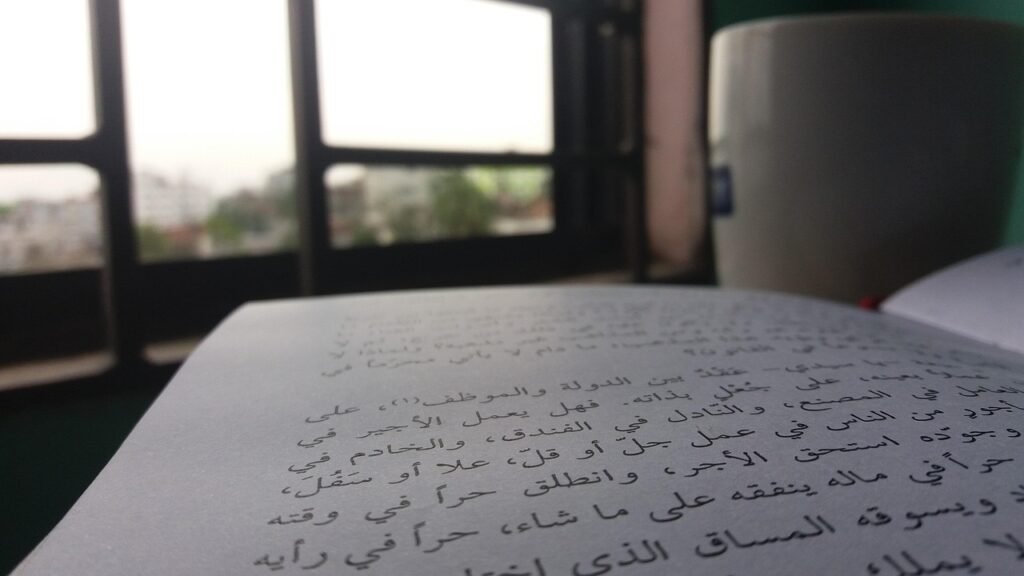
Religion also contributed to Arabic’s appeal. The Quran, Islam’s holy book, is written in Classical Arabic. It is considered the highest standard of linguistic beauty in the language. Scholars, poets, and ordinary speakers have studied the Quran not only for its spiritual guidance but also for its literary excellence. The text demonstrates the richness of Arabic vocabulary, the flexibility of its grammar, and the rhythm of its verses. Listening to the Quran recited is often described as a moving experience. The sounds, patterns, and cadence can create a sense of peace, awe, or inspiration. This religious influence has cemented Arabic as a language that combines meaning with aesthetic appeal.
Arabic’s spread across continents added layers to its beauty. Through trade, conquest, and scholarship, Arabic reached Africa, Europe, and Asia. It became a language of knowledge, science, and culture. Scholars translated works from Greek, Persian, and Indian sources into Arabic, preserving knowledge that might have been lost. Arabic terminology in mathematics, astronomy, medicine, and philosophy enriched the language. These contributions show that Arabic is not only beautiful in sound and script but also in its ability to carry and transmit complex ideas. This historical depth adds to the language’s charm.
Cultural expression shaped the language further. Calligraphy, for example, emerged as a central art form in the Arab world. Because writing the divine word was considered sacred, calligraphy developed into a highly refined artistic tradition. Each stroke, curve, and line had significance. Calligraphers experimented with styles, creating visual forms that were as meaningful as they were beautiful. Today, Arabic calligraphy decorates mosques, manuscripts, and public spaces. It demonstrates how language can become a visual art form, where meaning and beauty coexist seamlessly.
Arabic’s dialects also contribute to its richness. Across the Arab world, people speak different forms of Arabic. Each dialect reflects local culture, history, and social context. The variations in pronunciation, vocabulary, and expression show the adaptability of the language. They allow speakers to express identity and regional belonging while remaining connected to a shared linguistic heritage. For learners, this diversity offers an opportunity to experience multiple dimensions of Arabic beauty—from the poetic Classical Arabic to lively regional speech.
Finally, Arabic’s structure itself is a source of beauty. The language is based on roots, usually three letters, from which many related words can be formed. This system creates patterns that are logical, consistent, and often poetic. A single root can generate verbs, nouns, adjectives, and more, linking meanings in ways that feel natural and expressive. This structure allows speakers to play with language creatively, forming words and phrases that carry rhythm and imagery. It gives Arabic a sense of harmony and elegance that few languages can match.
The historical and cultural layers of Arabic combine to make it a language of depth and beauty. Every aspect—from its poetic origins and religious influence to its artistic expressions and structural design—contributes to a language that feels alive and meaningful. Learning Arabic is not just about memorizing vocabulary or grammar; it is about connecting with centuries of human thought, culture, and creativity. Each word you learn carries the weight of history, tradition, and artistry, making the experience of the language itself rewarding and inspiring.
Arabic’s beauty is both inherited and lived. It comes from the people who spoke it centuries ago and those who continue to speak it today. Its poetry, its music, its calligraphy, and its logic all speak to the human desire to communicate clearly and beautifully. Understanding this history allows learners to appreciate the language more deeply and motivates them to engage with it fully.
Arabic is beautiful because of its structure and sounds. Its letters, words, and sentences work together to create a rhythm that feels both logical and poetic. One of the first things learners notice is the sounds. Arabic has consonants and vowels that do not exist in many other languages. Some are deep, guttural sounds, others soft and flowing. This variety gives the language musicality. Words can be pronounced slowly to emphasize meaning, or quickly to convey energy. The way sounds interact in a sentence creates patterns that feel natural, even to people hearing the language for the first time.
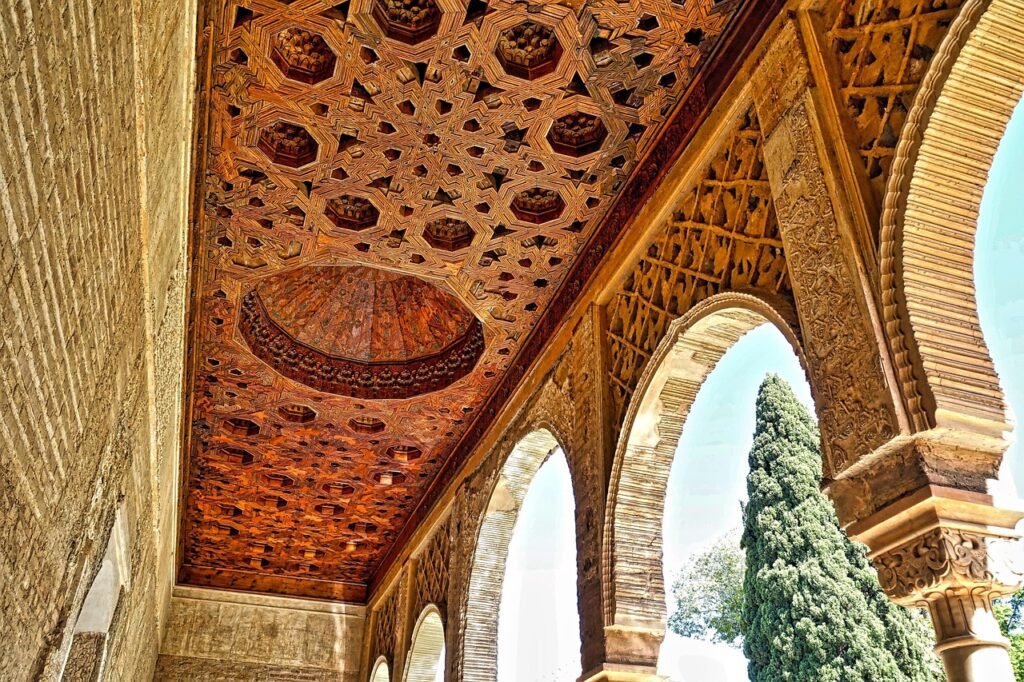
Vowels in Arabic are not always written, but they shape the word’s meaning and pronunciation. Short vowels, long vowels, and doubling of consonants allow speakers to distinguish subtle differences in meaning. For learners, this can be challenging, but it also gives the language depth. A single root can generate multiple words with related meanings, each with its own vowel pattern. This root system is a core feature of Arabic’s beauty. It allows speakers to form words logically while creating expressive possibilities.
Grammar contributes to the language’s elegance. Arabic uses a system of verb conjugation and noun declension that might seem complex at first, but it is highly consistent. Patterns in verbs and nouns make it possible to predict meanings of new words. For example, by knowing a root, learners can often guess related words. This pattern system also allows the language to be flexible. Writers, poets, and speakers can craft sentences with rhythm, balance, and emphasis. Unlike languages that rely on word order alone, Arabic can shift words for poetic effect without losing clarity.
Vocabulary is another element of beauty. Arabic has words for subtle differences in feeling, action, and experience. Many words are layered with meaning, and context reveals the full nuance. For instance, a verb might indicate an action done with care, urgency, or repetition, depending on how it is used. This precision gives speakers the power to express complex ideas in a few words. It also allows poetry, literature, and daily speech to convey emotion clearly and effectively.
Arabic’s script adds visual beauty. Letters are connected in flowing lines, and their shape changes depending on position in a word. Unlike block letters in some languages, Arabic’s script moves across the page like a continuous ribbon. This allows calligraphy to emerge naturally, with words forming shapes and patterns that are visually pleasing. Even outside of art, reading Arabic can be a visual experience. The balance between curves and straight lines, the symmetry, and the rhythm of the letters contribute to the language’s aesthetic appeal.
Another linguistic feature is morphology, which makes Arabic expressive. Words are formed from roots through systematic patterns. A single root can generate verbs, nouns, adjectives, and even abstract concepts. This allows speakers to explore relationships between words creatively. The language encourages thinking about meaning in layers, giving learners a sense of connection between words. It makes reading, writing, and speaking Arabic feel like working with a flexible yet precise tool.
Sound, structure, and vocabulary work together to make Arabic adaptable. The language can be formal, like Classical Arabic, used in literature, media, and religious texts. It can also be casual, like local dialects spoken daily. Despite differences, both forms maintain the musicality, logic, and rhythm that define Arabic. This adaptability contributes to its beauty. It is a language that can convey the grandeur of poetry or the simplicity of daily conversation without losing its distinct character.
Poetic devices are embedded in the language itself. Rhyme, repetition, and parallelism are common, not only in poetry but also in formal speech. Classical texts often use these devices to create flow and emphasis. Even modern media occasionally reflects these patterns, showing that Arabic naturally lends itself to expression that is both effective and aesthetically pleasing. These features allow learners and speakers to create language that resonates emotionally as well as intellectually.
Finally, Arabic’s linguistic features encourage creativity. The combination of sound, structure, and meaning invites exploration. Writers can play with roots, modify patterns, and emphasize sounds to create style. Speakers can use tone, repetition, and rhythm to enhance meaning. This combination of flexibility and precision gives Arabic a unique charm. It is a language that can be experienced in multiple ways—through listening, speaking, reading, writing, and even visual observation in its script.
Understanding these linguistic features helps learners appreciate why Arabic is admired worldwide. It is not only about memorizing grammar or vocabulary but engaging with a system that has evolved for centuries to express meaning beautifully. Every sound, every word, every sentence carries potential for artistry. Arabic teaches speakers to pay attention to detail, to explore layers of meaning, and to communicate in ways that are precise and expressive.

The beauty of Arabic lies in the interaction of these features. The root system, vowel patterns, consonant variety, grammar, and vocabulary work together to create a language that is logical, flexible, and aesthetically pleasing. The script turns words into visual art. Spoken Arabic creates a musical experience. Written Arabic allows for creativity and expression. For learners, this means engaging with a language that challenges the mind, delights the senses, and connects deeply with human expression.
Arabic is beautiful not only because of its structure and sound but because of its emotional and cultural impact. The language carries feelings, history, and identity in a way few languages do. For native speakers, Arabic is tied to family, community, and tradition. Hearing it spoken often evokes memories, comfort, and a sense of belonging. For learners, Arabic opens doors to new ways of thinking and expressing emotion, which can be deeply rewarding.
One of the first emotional impressions Arabic makes is through its sound. The language flows with rhythm and melody. Poetic intonation, long vowels, and emphatic consonants create a musical experience. This makes recitation, whether in poetry, song, or religious texts, moving. Listening to someone speak Arabic can create a sense of connection, even if the listener does not understand every word. The emotional resonance of the language is universal. It appeals to the ear and evokes feeling, which is part of why Arabic is often described as beautiful.
Arabic also has a unique ability to convey nuance. Words can express subtle differences in emotion, action, and intention. For example, different verbs describe love, giving, or speaking in ways that reveal tone, intensity, or style. This precision allows speakers to communicate clearly and empathetically. Learners often discover that understanding Arabic fully involves more than grammar and vocabulary—it requires sensitivity to context, tone, and cultural meaning. Engaging with the language on this level deepens emotional connection and appreciation.
Culturally, Arabic is tied to centuries of literature, philosophy, and art. Classical poetry, folktales, and historical texts preserve cultural knowledge and aesthetic standards. When learners engage with these works, they do not only learn language—they connect with human experience across time. The richness of Arabic literature shows how the language captures life, emotion, and intellect simultaneously. Experiencing this literature allows learners to feel the beauty of Arabic not as an abstract concept but as a living, emotional experience.
Arabic is also closely linked to religion and spirituality. The Quran is written in Classical Arabic, and its recitation carries profound emotional weight. The rhythmic, melodic nature of the text, combined with its depth of meaning, creates a sense of reverence and awe. Even non-Muslim learners often report being moved by listening to recitations. The connection between Arabic and spirituality adds another dimension to its beauty, showing how a language can influence the heart as well as the mind.
The language also shapes identity and belonging. Arabic dialects reflect local culture, history, and social life. Each dialect carries unique expressions, humor, and tradition. Learning a dialect allows learners to connect with communities in a more intimate way. Speaking Arabic, even imperfectly, can create bonds and open doors to cultural understanding. The emotional impact is immediate: language becomes a bridge between people, fostering empathy, respect, and connection.
For learners, Arabic offers personal growth and cognitive benefits. The complexity of its grammar and vocabulary challenges the mind, improving memory and analytical skills. At the same time, the beauty of the sounds, poetry, and expressions motivates continued learning. Emotional satisfaction comes from not only understanding words but experiencing them. Reading Arabic poetry, listening to songs, or engaging in conversation evokes a sense of accomplishment and pleasure that reinforces the connection to the language.
The aesthetic and emotional impact of Arabic extends to everyday life. Many learners find themselves drawn to Arabic music, calligraphy, and media. Even casual engagement with the language—watching films, reading simple texts, or following online content—creates a cultural immersion that feels meaningful. Arabic is more than communication; it is a way of interacting with culture, history, and emotion simultaneously.
Finally, Arabic teaches empathy through language. The precision, richness, and rhythm of expression train speakers to notice subtlety in meaning and tone. Learners become attuned to context, emotional nuance, and cultural reference. This awareness translates into communication skills, emotional intelligence, and cultural sensitivity. The experience of learning and using Arabic becomes a transformative process, connecting learners not just to words but to people and ideas in a deep, human way.
Arabic’s emotional and cultural impact explains why the language continues to attract learners worldwide. It is beautiful because it communicates more than facts—it conveys feeling, tradition, identity, and thought. For learners, it is a journey into history, culture, and self-expression. For speakers, it is a living connection to heritage, community, and emotion. Engaging with Arabic allows you to experience language in a complete way: intellectually, culturally, and emotionally.
Learning Arabic is a journey that requires patience, curiosity, and dedication. Its beauty is not only in its sounds, words, or script but in the experience of engaging with it. As a learner, you will encounter challenges, especially with grammar, pronunciation, and vocabulary. These challenges are not obstacles—they are opportunities to deepen your understanding of the language. Every new word you learn, every sentence you read or speak, brings you closer to connecting with the history, culture, and emotion embedded in Arabic.
To appreciate Arabic fully, it helps to immerse yourself in multiple aspects of the language. Listen to native speakers, explore poetry, read classical and modern texts, and practice writing. Calligraphy, even in simple forms, can enhance your connection to the script and its flow. Engage with media in Arabic, from songs to films to news, to experience the variety of dialects and expressions. Each exposure reinforces your learning and allows you to feel the rhythm, melody, and nuance that make Arabic beautiful.
Consistency is key. Set aside time each day to practice speaking, reading, and listening. Focus on understanding roots and patterns in vocabulary, which will help you grasp the logic behind words and their meanings. Take note of pronunciation, intonation, and rhythm. Over time, your listening skills will improve, and you will start noticing the subtle emotional cues in conversation or text. Learning Arabic is not a sprint; it is a process of gradual immersion and discovery.
Ramdani Arabic Academy was founded to guide learners through this process. Our platform offers lessons, courses, and articles designed for learners at every level. We focus on practical skills, cultural context, and immersive experiences. Our resources are crafted to help you appreciate the beauty of Arabic while developing your ability to communicate confidently. Whether you are starting with basic phrases or exploring advanced classical texts, our courses provide structured learning combined with cultural insights, ensuring that you not only learn the language but experience it fully.
We believe that learning Arabic is not just about mastering grammar or vocabulary. It is about connecting with people, culture, and history. Our academy emphasizes interactive lessons, real-life examples, and cultural understanding. You will have the opportunity to practice speaking, reading, and listening, while also exploring poetry, literature, and calligraphy. This holistic approach ensures that you engage with Arabic in a way that is both practical and meaningful.
As the founder of Ramdani Arabic Academy, I am passionate about sharing Arabic with learners worldwide. My goal is to create a platform where anyone interested in Arabic can access high-quality resources, guidance, and support. I understand the challenges learners face because I have experienced them myself. Through the academy, I aim to make the learning process smoother, more engaging, and more rewarding. Learning Arabic is a personal journey, and having the right tools and support can make a significant difference.
Finally, embrace the beauty of Arabic in your daily learning. Listen carefully, practice regularly, and explore the cultural and emotional richness the language offers. Arabic is more than a tool for communication—it is a bridge to understanding a rich history, diverse cultures, and human expression in its many forms. By dedicating yourself to learning, you will not only gain a new language but also gain a deeper appreciation for a world of ideas, emotions, and experiences expressed through Arabic.
Ramdani Arabic Academy is here to accompany you on that journey. We provide guidance, support, and resources to help you navigate the language effectively. Whether your goal is to read classical poetry, communicate with native speakers, or simply enjoy the beauty of Arabic, our academy offers the tools and expertise you need. Together, we can explore the richness of the language, uncover its depth, and experience its beauty firsthand.
Learning Arabic is a lifelong gift. It opens doors to understanding, expression, and connection. With the right approach, guidance, and dedication, you can discover why Arabic is admired around the world. It is a language that moves, inspires, and connects people across time and space.
